Home>Articles>What Grows Well Together In A Vegetable Garden?
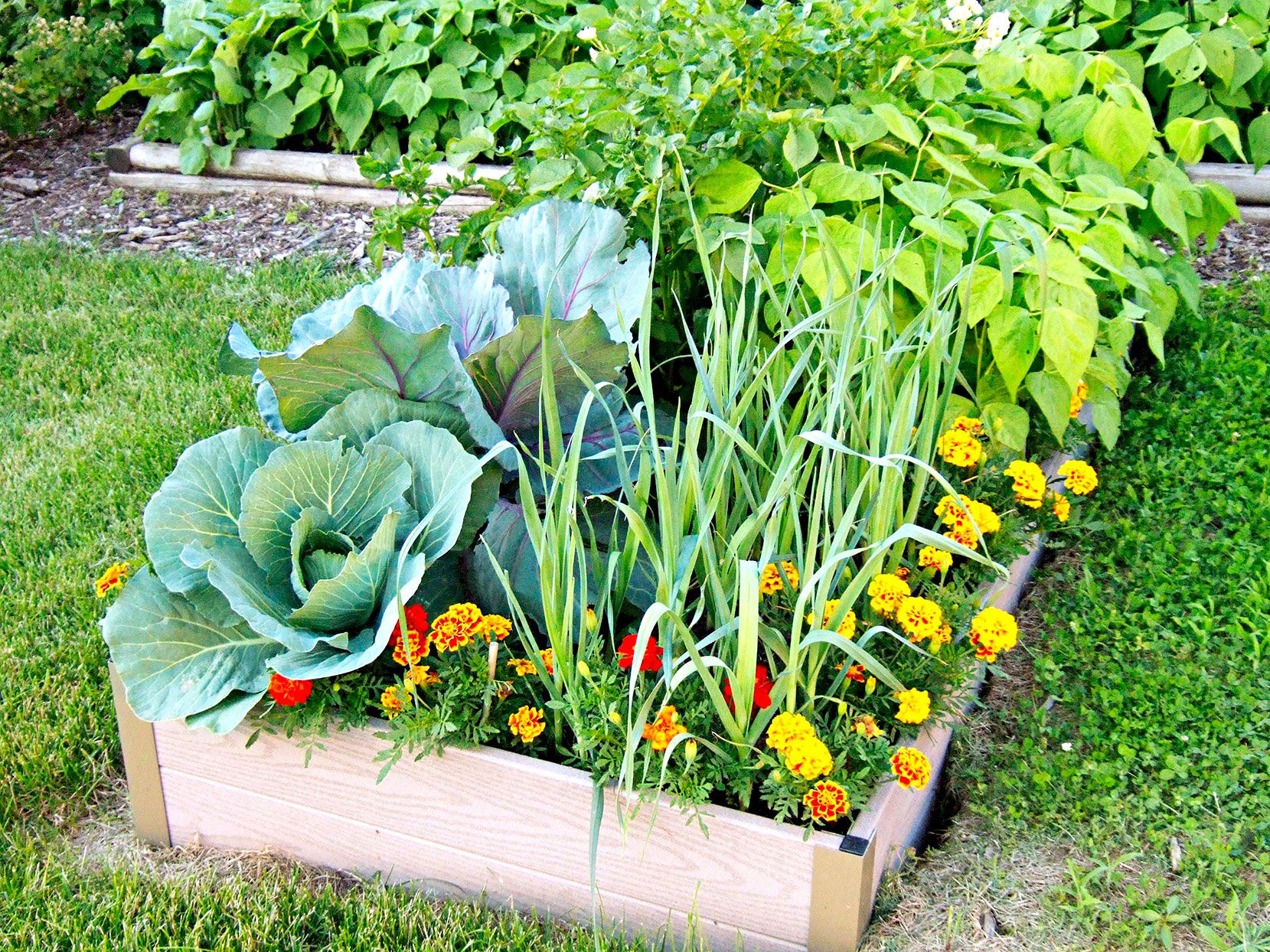

Articles
What Grows Well Together In A Vegetable Garden?
Modified: May 6, 2024
Discover the perfect combinations of vegetables for a thriving garden. Learn about companion planting and get expert tips for successful gardening.
(Many of the links in this article redirect to a specific reviewed product. Your purchase of these products through affiliate links helps to generate commission for Storables.com, at no extra cost. Learn more)
Introduction
Welcome to the wonderful world of companion planting in your vegetable garden! If you’re a gardening enthusiast, you may already be familiar with the concept of companion planting. It is a gardening technique where specific plants are grown together to create a harmonious and beneficial environment.
In companion planting, certain plants are strategically placed together to enhance each other’s growth, deter pests, attract beneficial insects, and even improve the flavor of harvested produce. This age-old practice has been used by gardeners for centuries, and its effectiveness has stood the test of time.
Whether you have a small backyard garden or a spacious plot, incorporating companion planting can bring numerous benefits. Not only does it optimize your garden space, but it also promotes a healthy ecosystem and boosts overall plant health.
In this article, we will explore the basics of companion planting, discuss the benefits it offers, and provide you with some helpful guidelines on successfully implementing this technique in your own vegetable garden.
Key Takeaways:
- Enhance your vegetable garden by strategically pairing plants through companion planting. Maximize space, deter pests, and promote biodiversity for a thriving and flavorful harvest.
- Avoid potential issues and optimize your garden’s productivity by understanding which vegetable plants to avoid growing together. Plan your garden layout carefully for a successful and bountiful harvest.
Read more: What Vegetables Grow Well In Hanging Baskets
Companion Planting Basics
At its core, companion planting is about designing your garden in a way that maximizes the symbiotic relationships between different plant species. By carefully selecting which plants to grow together, you can create a thriving ecosystem that supports the growth of all plants involved.
The key principle behind companion planting is that certain plants have natural affinities for each other. They complement each other’s growth patterns, nutrient requirements, and pest management, resulting in healthier and more productive plants. On the other hand, some plants have antagonistic relationships and can hinder each other’s growth.
Understanding the compatibility and incompatibility of different plants is crucial in companion planting. It involves considering factors such as plant height, root depth, nutrient needs, sun requirements, and pest resistance.
There are various categories of companion planting techniques:
- Trap Cropping: This involves planting a sacrificial crop to attract pests away from your main crops.
- Beneficial Insect Attraction: Certain plants can attract beneficial insects that prey on pests, such as ladybugs and hoverflies.
- Nutrient Accumulators: Some plants have deep root systems that bring up nutrients to the surface, benefiting shallower-rooted plants.
- Nitrogen Fixation: Legumes, like beans and peas, have the ability to fix nitrogen from the air and improve nitrogen levels in the soil, benefiting neighboring plants.
- Companion Flowers: Flowers planted in or around vegetable gardens can attract pollinators, repel pests, and provide shade or support for neighboring plants.
By incorporating these techniques and understanding the specific needs and interactions of your plants, you can create a diverse and harmonious garden ecosystem that promotes healthy growth and high yields.
Benefits of Companion Planting
Companion planting offers a wide range of benefits for your vegetable garden. Let’s explore some of the key advantages:
- Pest Control: One of the main benefits of companion planting is its ability to naturally deter pests. Certain plant combinations can confuse or repel pests, reducing the need for pesticides. For example, planting marigolds alongside tomatoes can help deter nematodes, while interplanting basil with cabbage can repel cabbage worms.
- Improved Soil Health: By selecting plants with different root structures and nutrient requirements, companion planting can enhance soil fertility. For instance, planting nitrogen-fixing legumes like peas or beans alongside heavy feeders like corn or tomatoes can enrich the soil with nitrogen, promoting better overall plant growth.
- Maximized Space: Companion planting allows you to make the most of your garden space by intercropping compatible plants. For example, tall-growing plants like corn can provide shade for shade-tolerant crops like lettuce or spinach, optimizing space and maximizing productivity.
- Promoted Biodiversity: Companion planting encourages a diverse garden ecosystem. This attracts beneficial insects such as bees and butterflies, which are essential for pollination. By promoting biodiversity, you create a balanced and resilient environment that supports the health and vitality of your vegetable plants.
- Enhanced Flavor: Some plant combinations can enhance the flavor of neighboring crops. For example, growing carrots alongside onions can improve the taste of both crops.
- Reduced Weed Growth: Companion planting can help suppress weed growth by creating a dense canopy of plants, shading the soil and preventing weed seeds from germinating.
- Attractive Garden Design: Utilizing companion planting techniques can add visual interest and beauty to your vegetable garden. Incorporating flowers and herbs alongside your vegetables not only creates an appealing aesthetic but also attracts pollinators and beneficial insects.
By harnessing these benefits, you can create a thriving and sustainable garden that not only produces abundant harvests but also supports the overall health of your plants and the surrounding ecosystem.
Factors to Consider for Successful Companion Planting
While companion planting can bring numerous benefits to your vegetable garden, it’s important to consider a few factors to ensure successful results:
- Plant Compatibility: Some plants naturally thrive when grown together, while others may inhibit each other’s growth or interfere with nutrient uptake. Research and choose companion plants that have a symbiotic relationship and complement each other’s needs.
- Growth Habits and Spacing: Take into account the growth habits and spacing requirements of each plant. Ensure that taller plants do not shade shorter ones and that plants have sufficient space for proper root development.
- Nutrient Requirements: Consider the nutrient needs of companion plants. Some plants may be heavy feeders and deplete the soil of certain nutrients. Rotate crops or incorporate nutrient accumulators to maintain a healthy balance.
- Pest and Disease Resistance: Select companion plants that have natural pest and disease resistance. By combining plants with different resistances, you can create a more resilient garden that is less prone to infestations.
- Succession Planting: Plan your companion planting in relation to the timing of crop rotations and successions. Some crops may have a shorter growing season, allowing for multiple plantings throughout the year.
- Complementary Functions: Consider the specific functions of your companion plants. For example, planting aromatic herbs like rosemary or thyme can help repel pests, while flowers attract pollinators and beneficial insects.
- Observation and Adaptation: Observe your garden regularly and make adjustments as needed. Not all companion plantings will work perfectly, and it’s important to be flexible and experiment with different combinations.
By taking these factors into account, you can create a well-balanced and thriving garden ecosystem where companion plants enhance each other’s growth and provide optimal conditions for successful harvests.
Pairings of Vegetable Plants that Grow Well Together
Companion planting with vegetables involves pairing plants that have mutually beneficial relationships. Here are some popular pairings of vegetable plants that grow well together:
- Tomatoes and Basil: Planting basil near tomatoes can enhance the flavor of the tomatoes and repel pests such as aphids and hornworms.
- Cucumbers and Radishes: Radishes act as a natural pest deterrent for cucumbers, while cucumbers provide shade and cool the soil for radishes.
- Corn, Beans, and Squash: Known as the “Three Sisters,” these crops have a mutually beneficial relationship. Corn provides a structure for beans to climb, beans fix nitrogen in the soil, benefiting corn and squash, and squash acts as a natural weed suppressor.
- Carrots and Onions: Planting onions near carrots can deter carrot flies and improve the flavor of carrots.
- Lettuce and Radishes: Radishes help break up the soil and create space for lettuce to grow, while lettuce provides shade and keeps the soil moist for radishes.
- Beans and Potatoes: Beans provide nitrogen to the soil, benefiting potatoes, while potatoes help shade the base of bean plants.
- Spinach and Strawberries: Strawberries act as a natural ground cover, suppressing weeds and providing shade for spinach.
- Peppers and Spinach: Spinach can provide shade for pepper plants, protecting them from intense sunlight.
These are just a few examples of vegetable plant pairings that have proven to be successful in companion planting. Experimenting with different combinations can lead to even more beneficial partnerships in your garden.
Remember to consider the growth habits, nutrient needs, and pest resistance of each plant when selecting companion vegetables. By carefully planning and pairing your vegetable plants, you can create a thriving and productive garden.
Planting tomatoes with basil can help repel pests and improve flavor. Carrots and radishes also grow well together, as radishes can help break up the soil for carrots to grow more easily.
Pairings of Herb Plants that Grow Well Together
Companion planting herbs can not only provide a bountiful harvest but also contribute to a healthier and more vibrant garden. Here are some pairings of herb plants that grow well together:
- Basil and Rosemary: Planting basil and rosemary together can help repel pests and attract beneficial insects like bees and butterflies.
- Mint and Chives: Mint and chives make good companions, as the strong scent of mint can help deter pests, and chives can enhance the flavor of neighboring plants.
- Lavender and Thyme: Planting lavender and thyme together adds both visual appeal and pest deterrence to your garden. Lavender attracts pollinators and repels pests, while thyme is known for its culinary properties.
- Parsley and Dill: Parsley and dill make excellent companions as they do not compete for space and have similar growth requirements. Both herbs attract beneficial insects and can enhance the flavor of other plants.
- Oregano and Sage: Oregano and sage are compatible herbs that are known for their robust flavors and aromatic properties. They can enhance the growth and flavor of neighboring plants while deterring pests.
- Cilantro and Fennel: Cilantro and fennel are complementary herbs that can be planted together. Fennel acts as a natural pest repellent, while cilantro provides ground cover and helps to retain moisture in the soil.
- Rosemary and Thyme: Rosemary and thyme are well-suited companions, as both herbs have similar growth requirements and can enhance the flavor of many dishes.
- Chives and Tarragon: Chives and tarragon can be planted together to optimize garden space. Chives help deter pests, while tarragon adds flavor and promotes the growth of neighboring plants.
These are just a few examples of herb plant pairings that can thrive together in your garden. Remember to consider the growth habits, water requirements, and sun exposure preferences of each herb when selecting companion plants. By strategically planting herbs, you can create a beautiful herb garden that not only adds culinary delights but also promotes a healthy garden ecosystem.
Pairings of Flower Plants that Grow Well in Vegetable Gardens
Integrating flowering plants into your vegetable garden not only enhances its visual appeal but also attracts beneficial insects and supports pollination. Here are some flower plant pairings that grow well in vegetable gardens:
- Marigolds: Marigolds are a popular choice for companion planting in vegetable gardens. They repel pests like nematodes, aphids, and whiteflies, benefiting neighboring vegetables.
- Calendula: Calendula not only adds vibrant colors to your garden but also attracts pollinators like bees and butterflies. It can help deter pests and improve the health of neighboring plants.
- Nasturtiums: Nasturtiums are versatile companion plants with edible flowers and leaves. They act as a sacrificial crop, attracting pests away from vegetables like cucumbers and tomatoes.
- Sunflowers: Sunflowers provide a tall structure and attract beneficial insects and pollinators. They can shade certain vegetable plants and act as windbreaks.
- Borage: Borage is a bee-friendly flower that attracts pollinators and helps improve the flavor and growth of nearby plants. Its blue flowers are not only attractive but also edible.
- Zinnias: Zinnias add vibrant colors to the garden and are known to attract butterflies. They can help repel pests and provide support with their sturdy stems.
- Lavender: Lavender not only adds a delightful fragrance to your garden but also attracts bees and other beneficial insects. Its aromatic properties can help repel pests.
- Alyssum: Alyssum is a low-growing flower that acts as a ground cover, suppressing weeds and attracting beneficial insects. It can enhance the growth of neighboring vegetables.
When choosing flower plants for your vegetable garden, consider their growth habits, water requirements, and sun exposure preferences. Planting a variety of flowers throughout your garden can help promote biodiversity, attract beneficial insects, and add a touch of beauty to your vegetable patch.
Pairings of Fruit Plants that Grow Well in Vegetable Gardens
Incorporating fruit plants into your vegetable garden can provide a delightful addition to your harvest. Here are some pairings of fruit plants that grow well in vegetable gardens:
- Strawberries and Lettuce: Strawberries make a great companion for lettuce as they provide a ground cover, suppressing weeds and helping to retain moisture in the soil.
- Raspberries and Garlic: Garlic can help repel pests that commonly affect raspberry plants, creating a healthier growing environment for both crops.
- Blueberries and Horseradish: Horseradish can deter pests that often attack blueberry plants. Additionally, the deep taproot of horseradish helps break up the soil, benefiting blueberry plants with better drainage.
- Apple Trees and Chives: Chives planted around apple trees can help repel pests and provide a natural deterrent against apple scab.
- Grapes and Nasturtiums: Nasturtiums can deter pests that commonly affect grapevines, such as aphids and whiteflies. They can also add visual interest and attract beneficial insects.
- Peaches and Nasturtiums: Nasturtiums planted near peach trees can help repel pests and attract pollinators. Their vibrant flowers are a beautiful addition to the garden.
- Pears and Oregano: Oregano planted near pear trees can deter pests and promote overall plant health. The aromatic properties of oregano can also enhance the flavor of nearby crops.
- Blackberries and Dill: Dill attracts beneficial insects that prey on pests that commonly affect blackberry plants. It can also enhance the flavor of neighboring crops.
When incorporating fruit plants into your vegetable garden, consider their space requirements, sun exposure needs, and compatibility with other plants. It’s crucial to provide adequate support and spacing for fruit-bearing plants to ensure proper growth and optimal harvests.
By integrating fruit plants into your vegetable garden, you can enjoy a diverse range of produce while creating a harmonious and productive garden ecosystem.
Pairings of Vegetable Plants to Avoid Growing Together
While many vegetables thrive when grown together, there are certain pairings that should be avoided due to potential negative effects on growth and disease susceptibility. Here are some vegetable plant pairings to avoid growing together:
- Tomatoes and Potatoes: Both tomatoes and potatoes are susceptible to late blight, a fungal disease. Planting them together increases the risk of the disease spreading between the two crops.
- Beans and Onions/Garlic: Onions and garlic can release biochemicals that inhibit the growth of beans. It’s best to keep these crops separated to ensure optimal growth.
- Cabbage Family and Strawberries: The cabbage family, including cabbage, broccoli, cauliflower, and Brussels sprouts, should not be planted near strawberries. The straw mulch used for strawberries can harbor pests that attack cabbage family crops.
- Carrots and Dill: Dill can attract carrot rust flies, which can result in damage to carrots. It’s best to keep these crops separated to avoid infestation.
- Cucumbers and Aromatic Herbs: Cucumbers and aromatic herbs like sage, rosemary, and mint tend to compete for resources and can hinder each other’s growth. It’s recommended to give cucumbers their own space.
- Beans and Peppers: Peppers prefer well-drained soil, while beans prefer moist soil. Planting them together can lead to water and nutrient imbalances, affecting the growth of both crops.
- Corn and Tomatoes: Corn and tomatoes are both heavy feeders and require a lot of nutrients. Planting them together can deplete the soil faster and lead to nutrient deficiencies.
- Radishes and Hyssop: Hyssop can inhibit the growth of radishes. It’s advisable to keep these plants separated to ensure proper development.
By avoiding these pairings, you can prevent potential issues such as nutrient imbalances, disease spread, and hindered growth. It’s essential to plan your garden layout carefully and consider the specific needs of each vegetable plant to ensure a successful and productive harvest.
Read more: What Herbs To Grow In A Vertical Garden
Conclusion
Companion planting in your vegetable garden is a tried and true technique that can bring a multitude of benefits. By strategically pairing plants that have mutually beneficial relationships, you can create a thriving and harmonious garden ecosystem.
Companion planting offers advantages such as natural pest control, improved soil health, maximized space utilization, promoted biodiversity, enhanced flavor, and reduced weed growth. It also adds visual appeal and attracts beneficial insects and pollinators.
When practicing companion planting, it is important to consider factors such as plant compatibility, growth habits, nutrient requirements, pest and disease resistance, succession planting, complementary functions, and the need for observation and adaptation. By carefully planning and experimenting with different combinations, you can optimize the growth and productivity of your garden.
Whether it’s pairing vegetables, herbs, flowers, or fruits, there are numerous combinations to explore. From tomatoes and basil to strawberries and lettuce, each pairing has its own unique benefits and contributions to the garden ecosystem. However, it is equally important to be aware of plant pairings to avoid, as certain combinations can hinder growth or increase the risk of diseases.
Ultimately, the success of your companion planting endeavors relies on observation, adaptation, and a deep understanding of your garden and its inhabitants. By observing the interactions between plants, making adjustments where necessary, and nurturing the health of your garden, you can reap the rewards of a vibrant, productive, and beautiful vegetable garden.
So why not embrace the practice of companion planting and unlock the full potential of your garden? Experience the joy of watching your plants thrive, enjoy bountiful harvests, and create a sustainable and interconnected garden ecosystem that will bring you satisfaction and delight for years to come.
Now that you've learned about optimizing your vegetable garden's companionship, why not take a step further into mastering your green space? Our next guide on vegetable gardening offers insights and practical advice for those eager to cultivate their own thriving vegetable gardens from scratch. Whether novice or seasoned gardener, this read will equip you with necessary skills for a bountiful harvest.
Frequently Asked Questions about What Grows Well Together In A Vegetable Garden?
Was this page helpful?
At Storables.com, we guarantee accurate and reliable information. Our content, validated by Expert Board Contributors, is crafted following stringent Editorial Policies. We're committed to providing you with well-researched, expert-backed insights for all your informational needs.
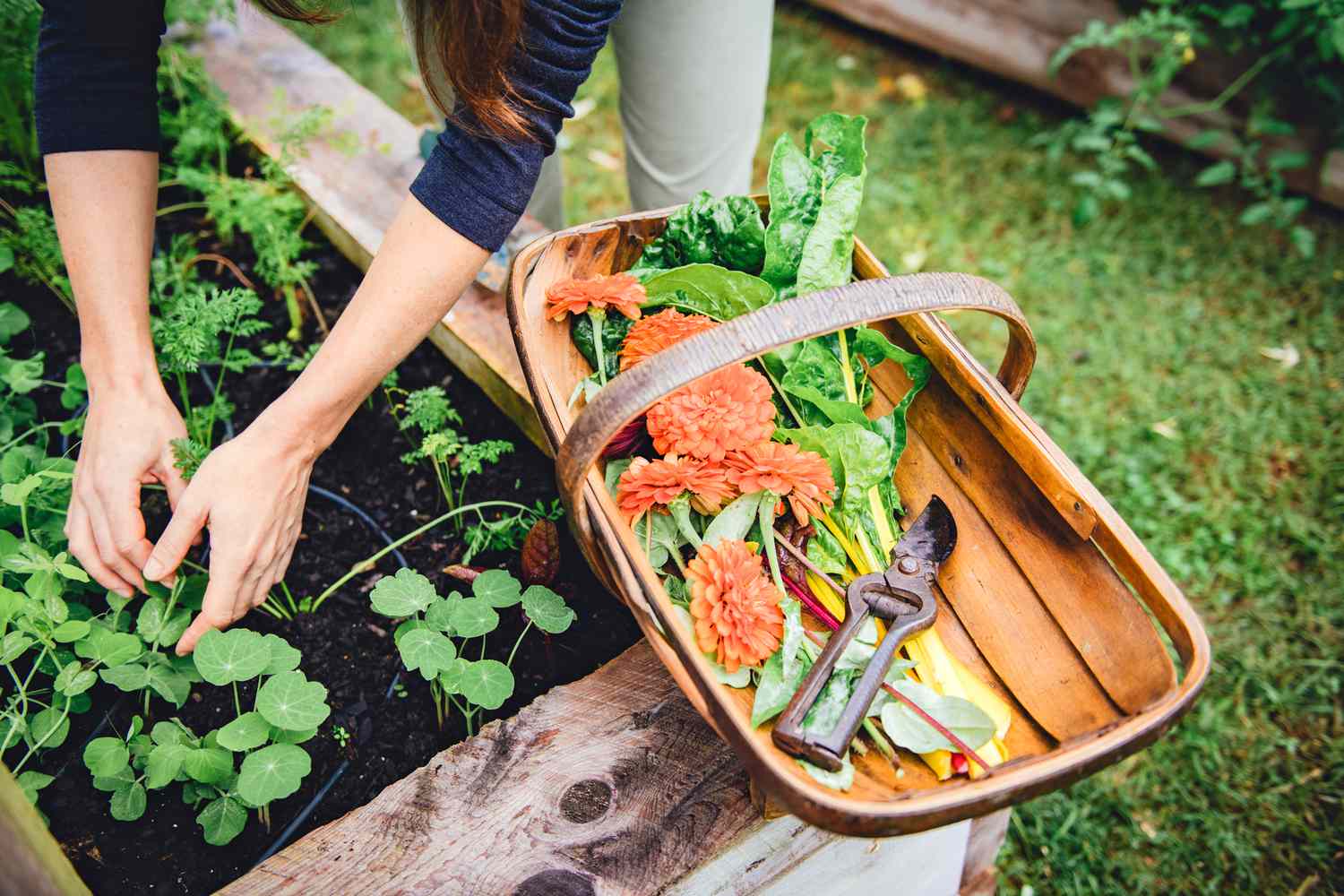
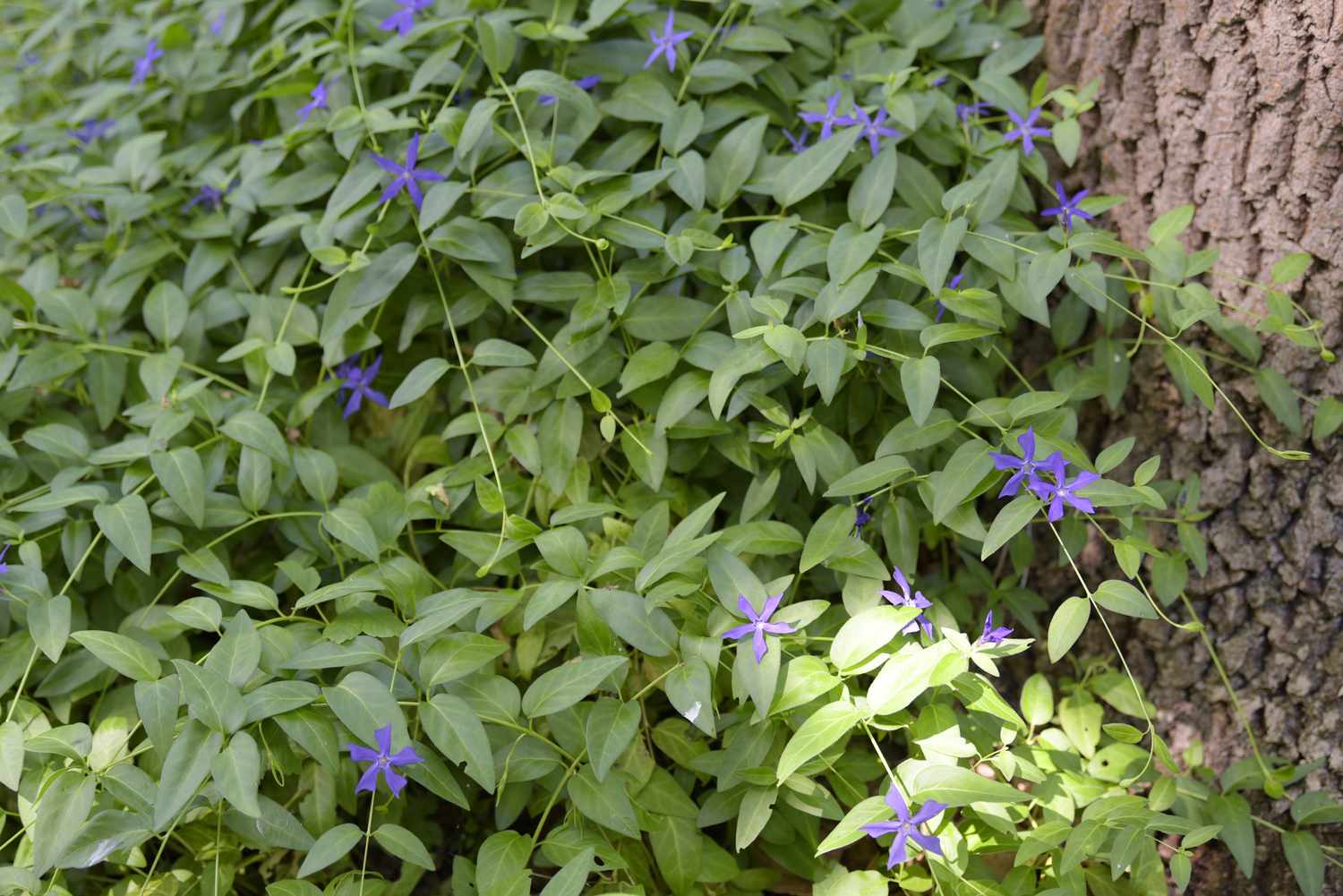
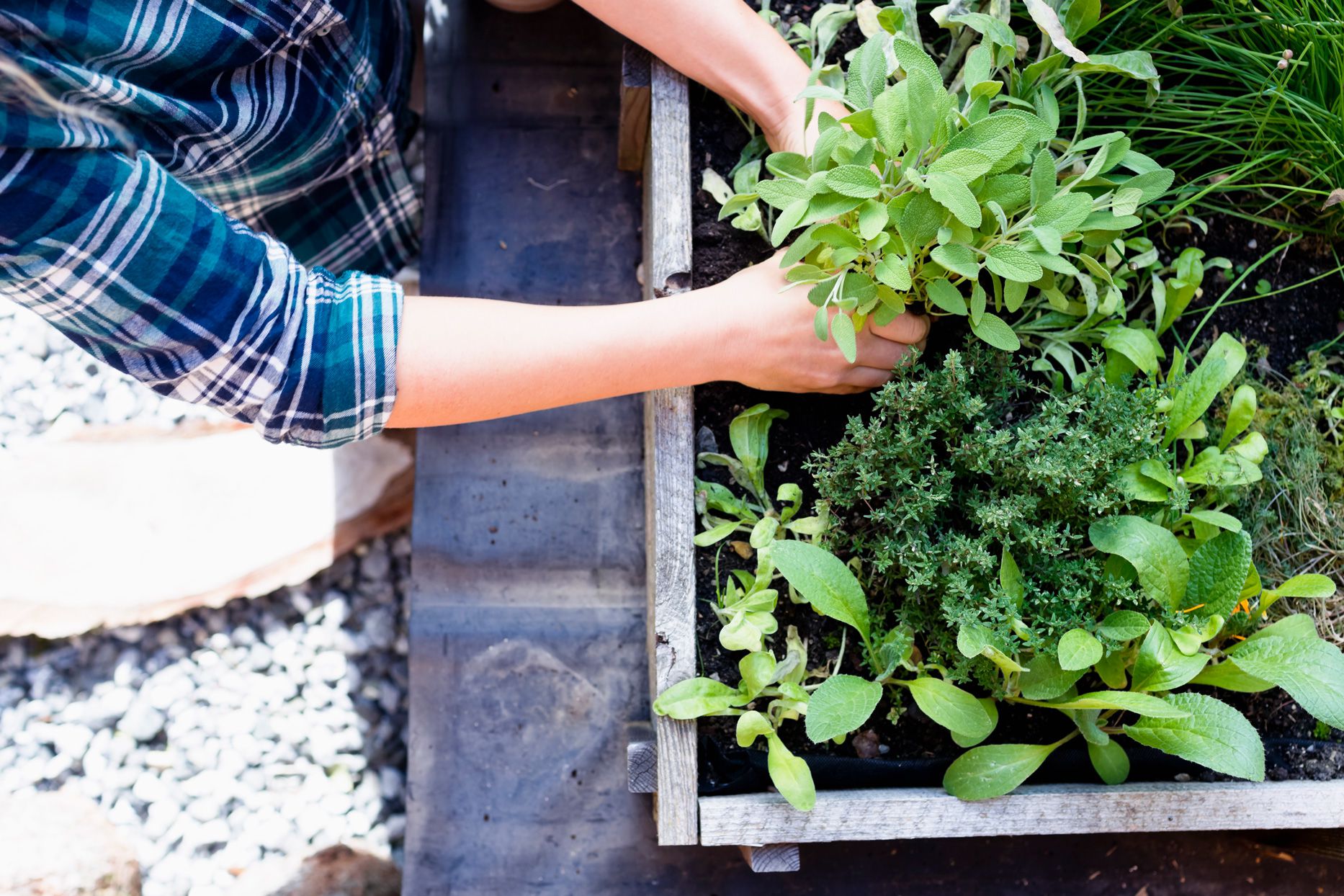
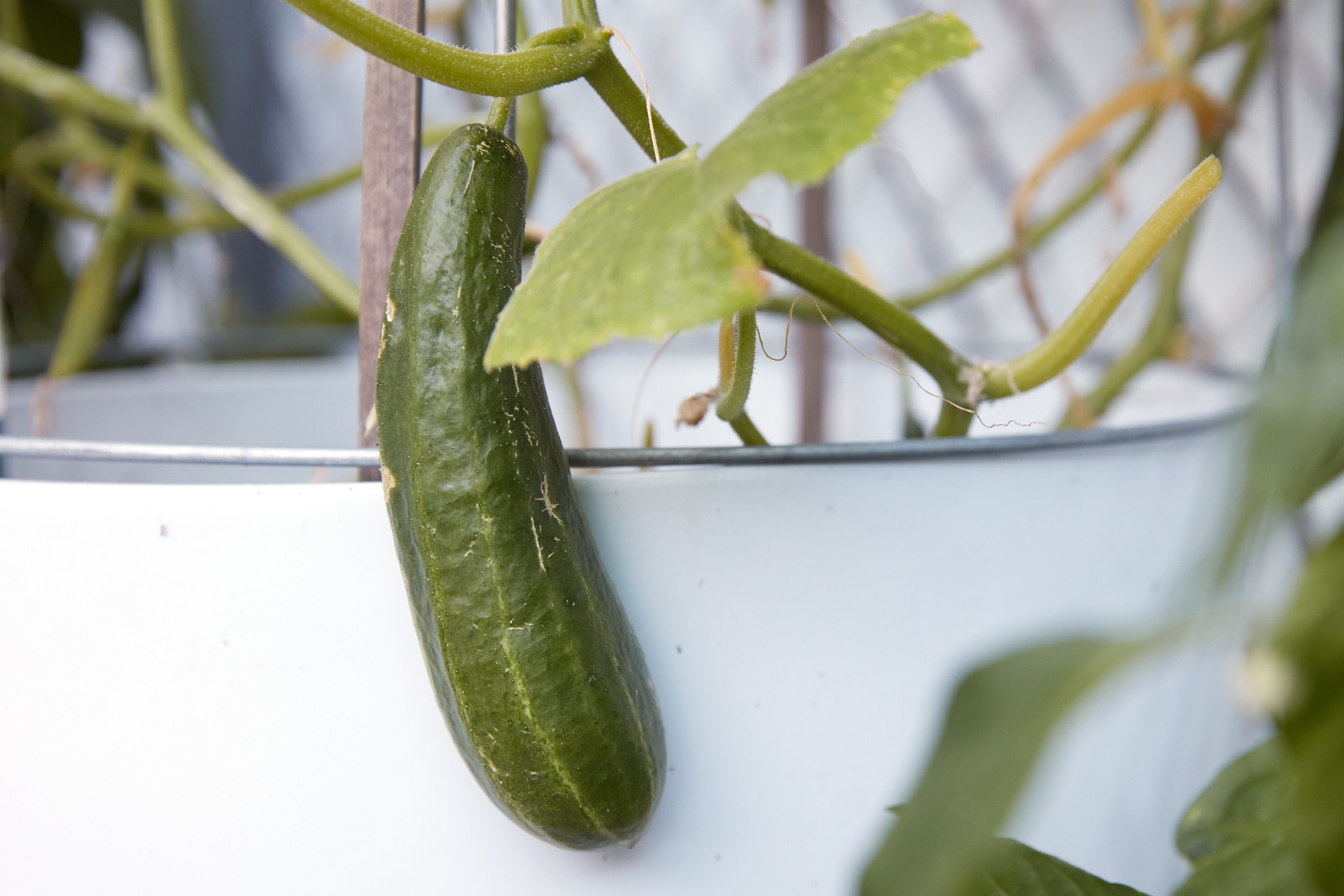
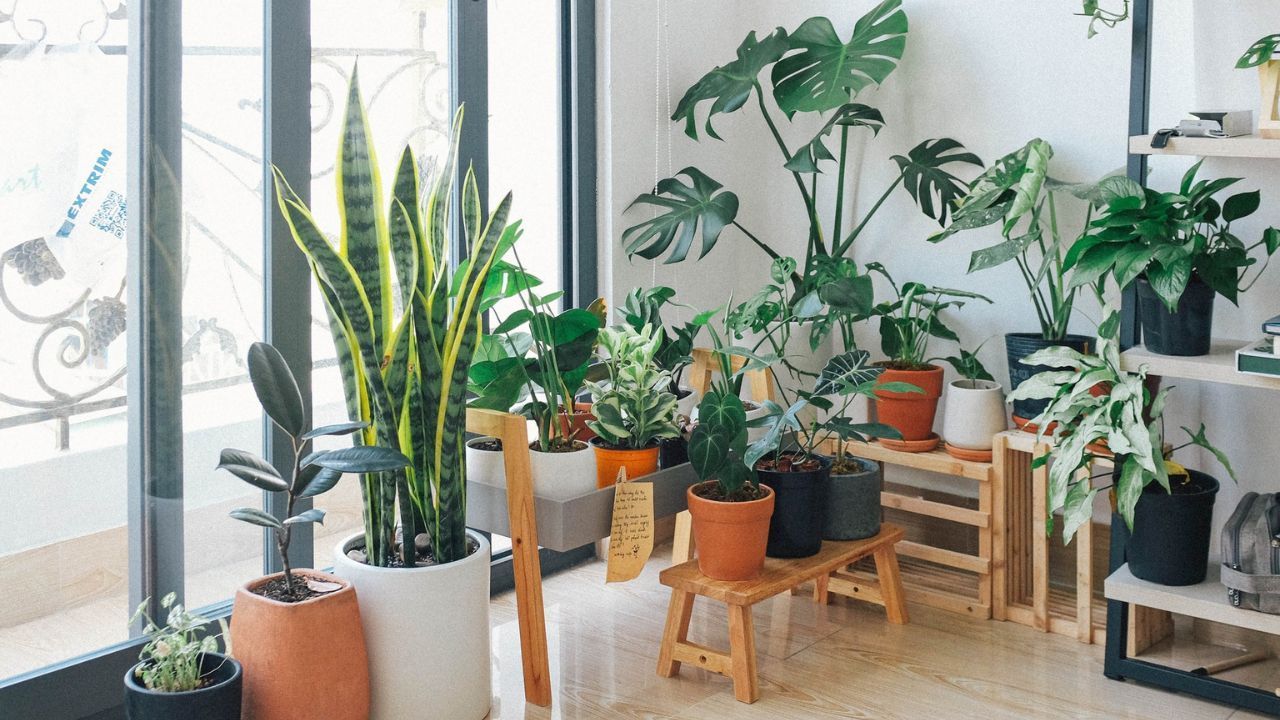
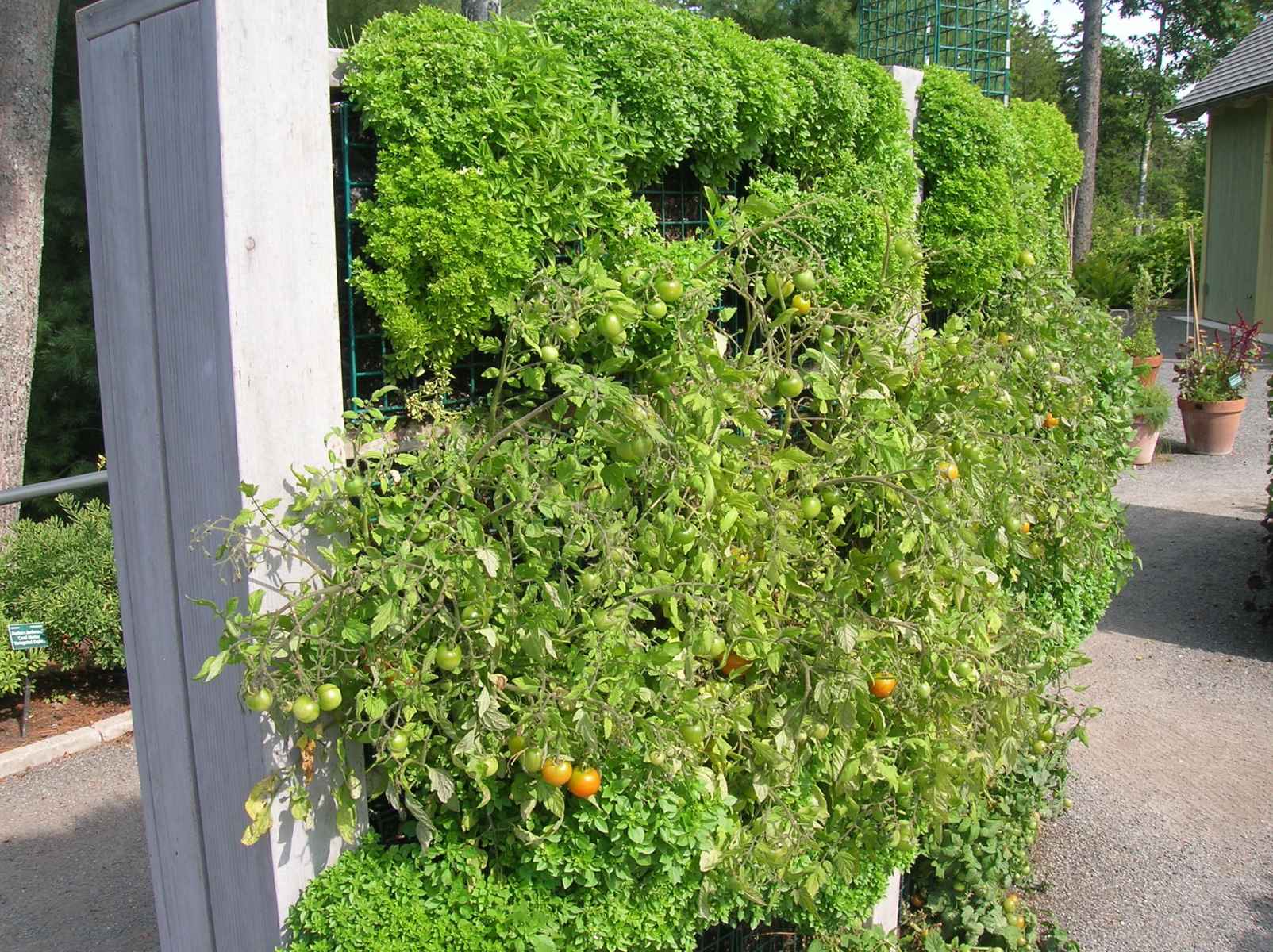
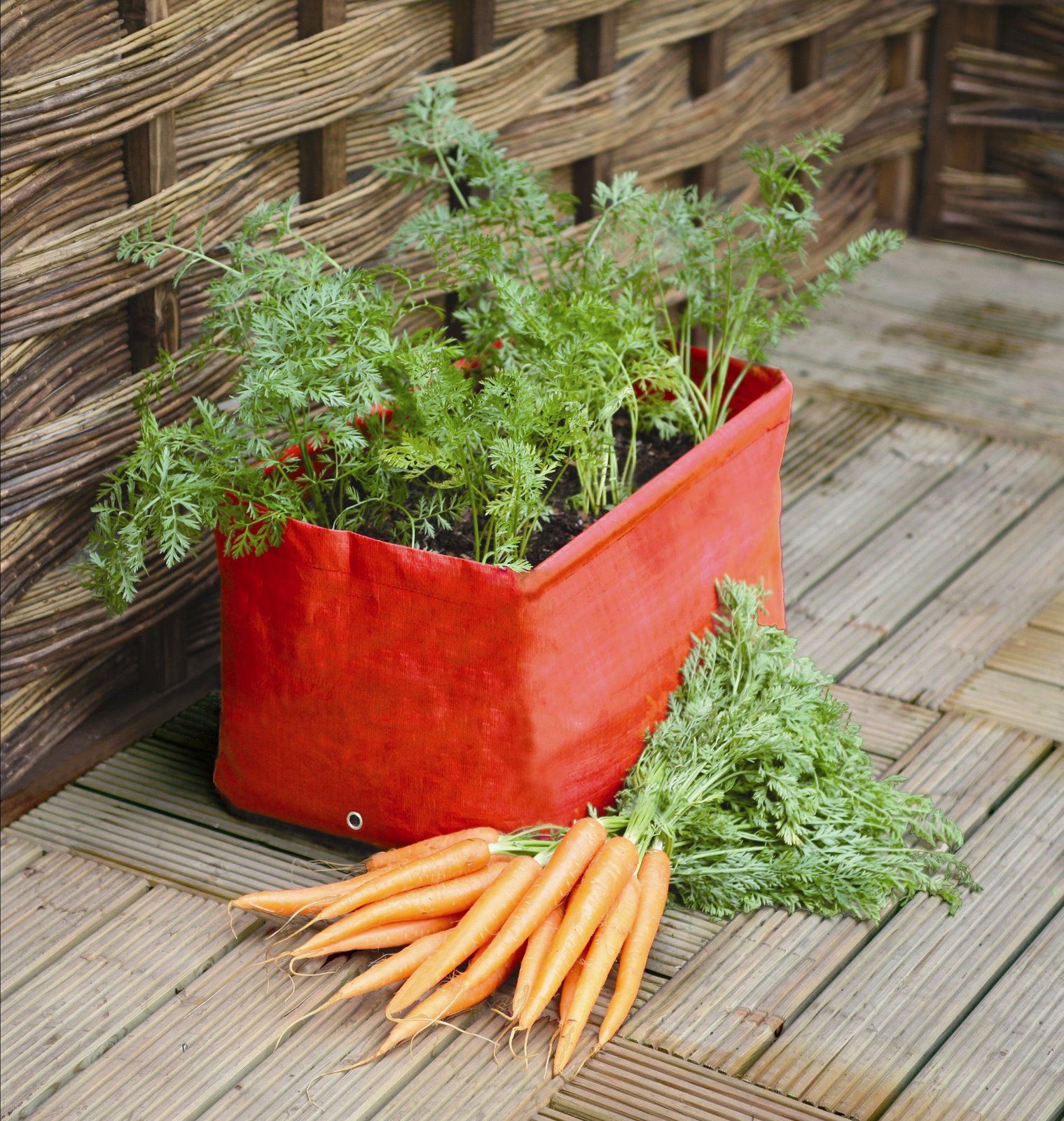
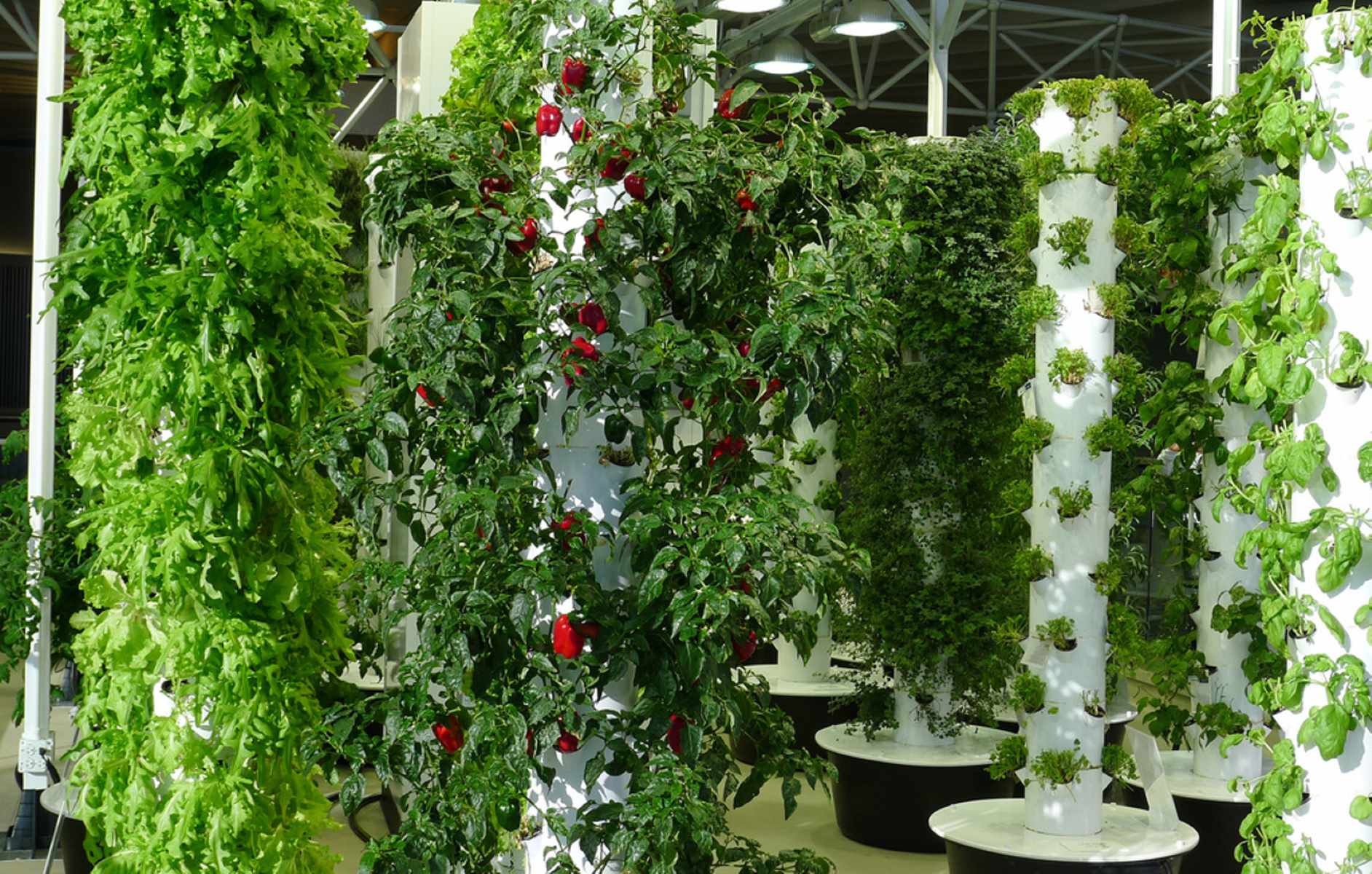
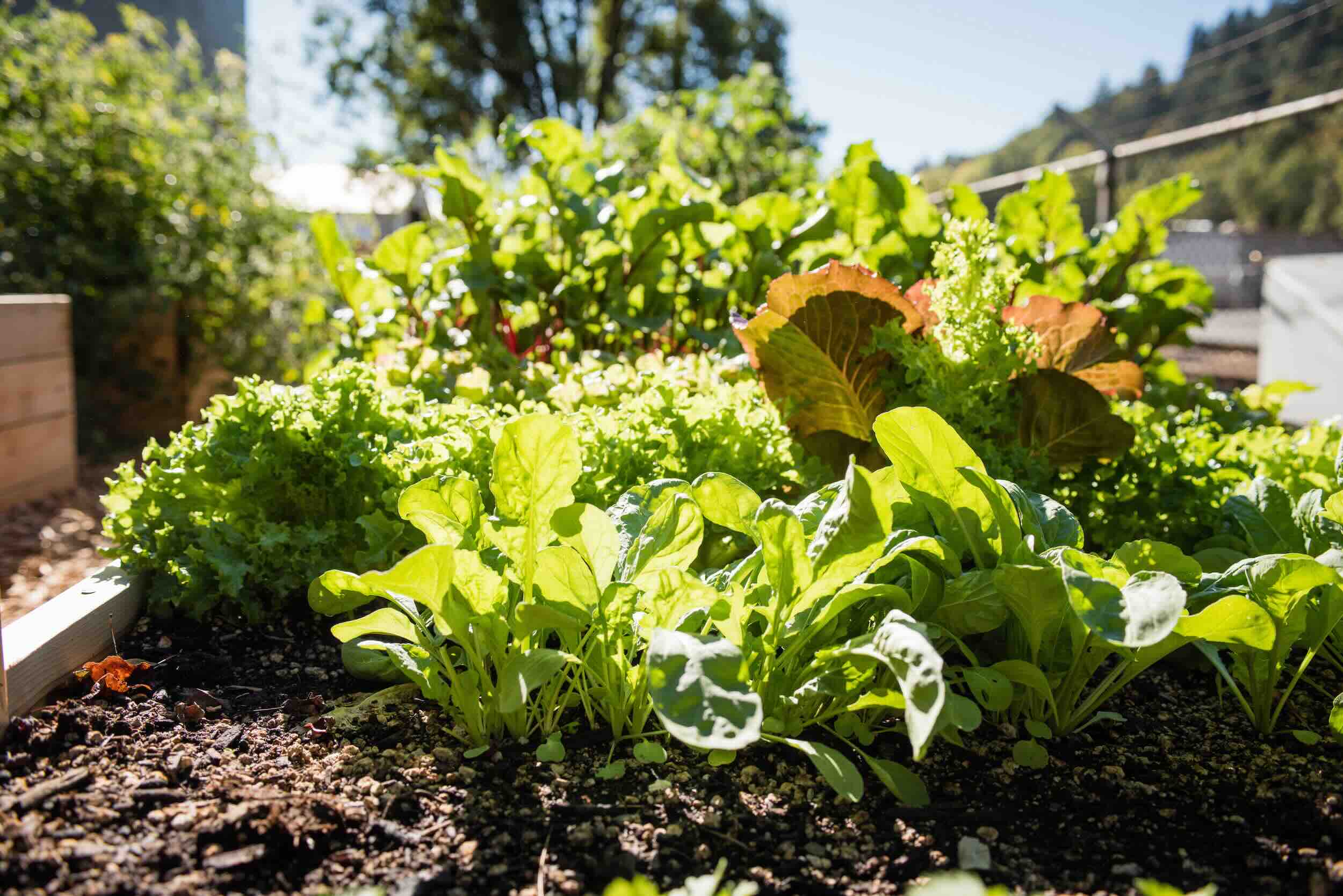
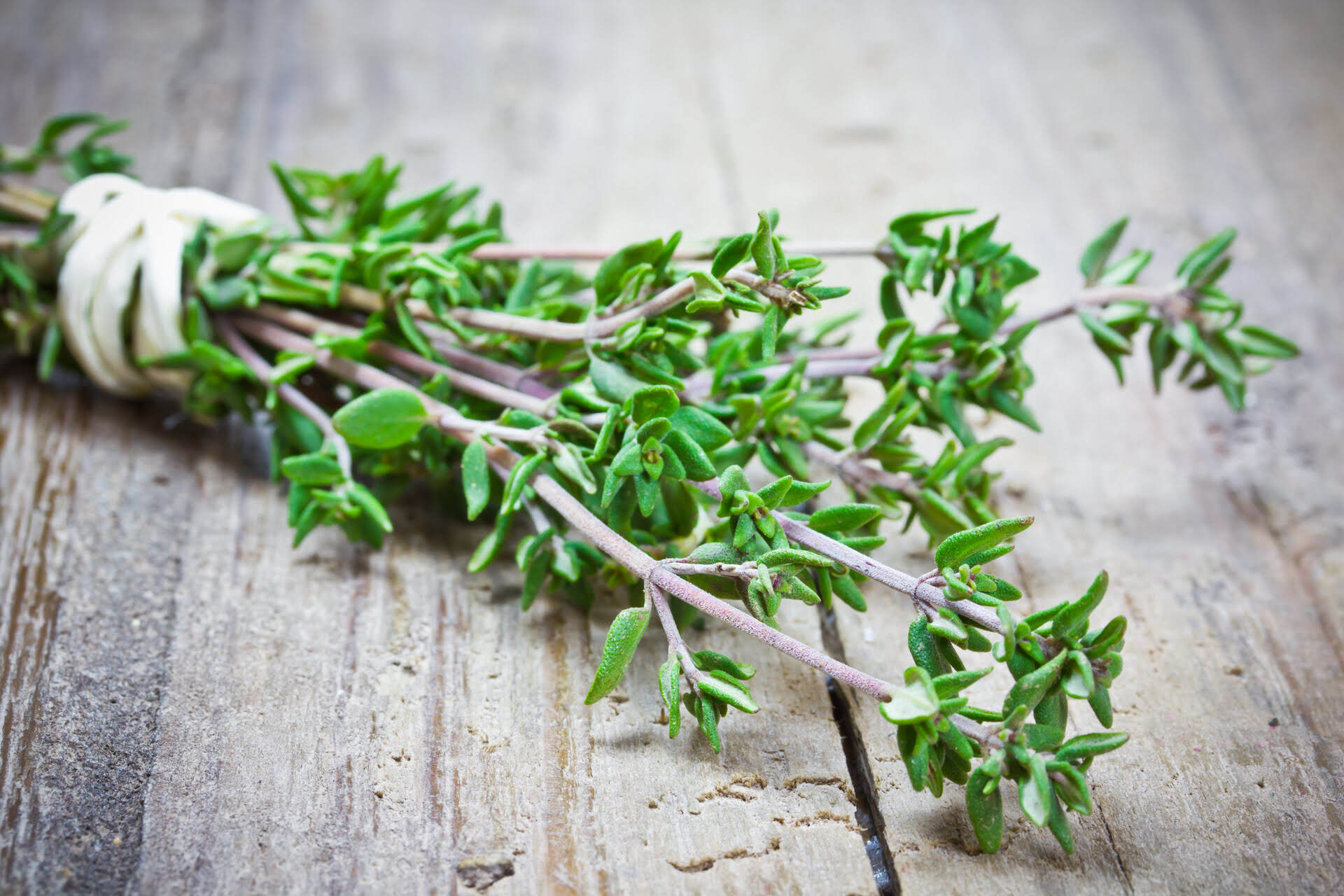

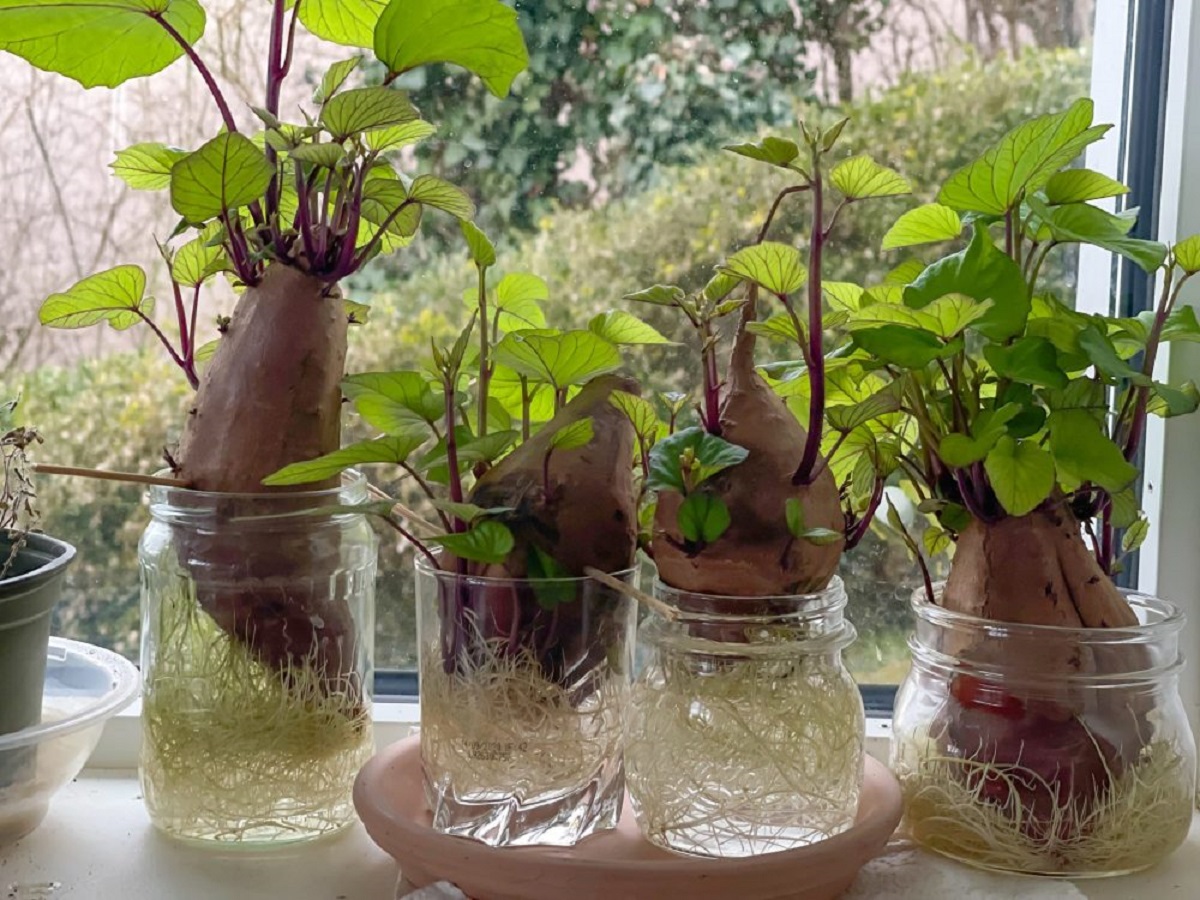
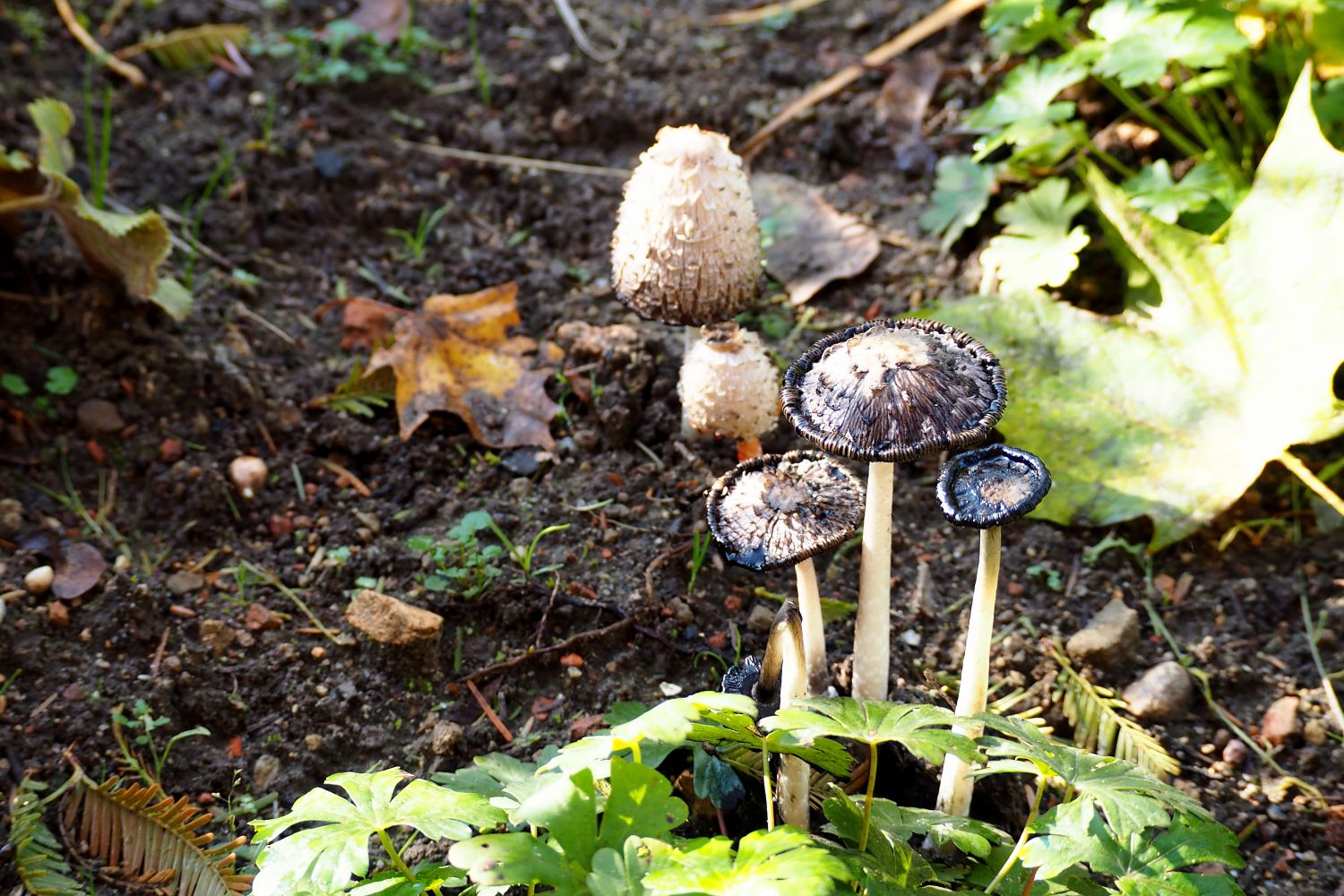

0 thoughts on “What Grows Well Together In A Vegetable Garden?”